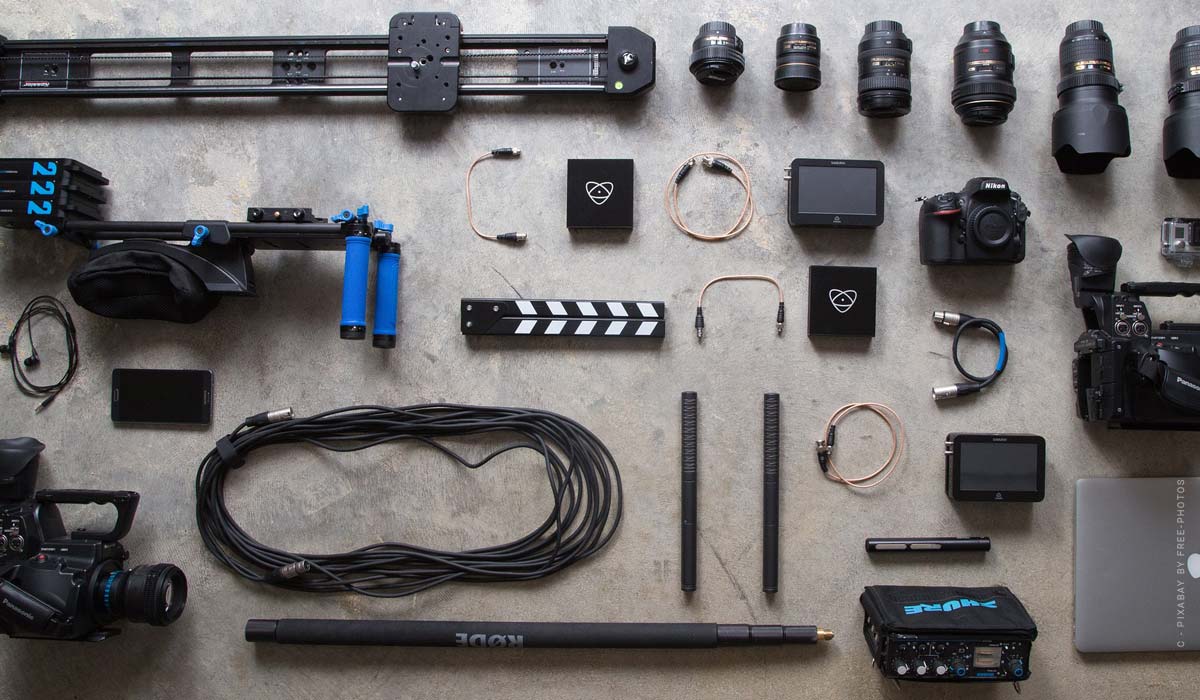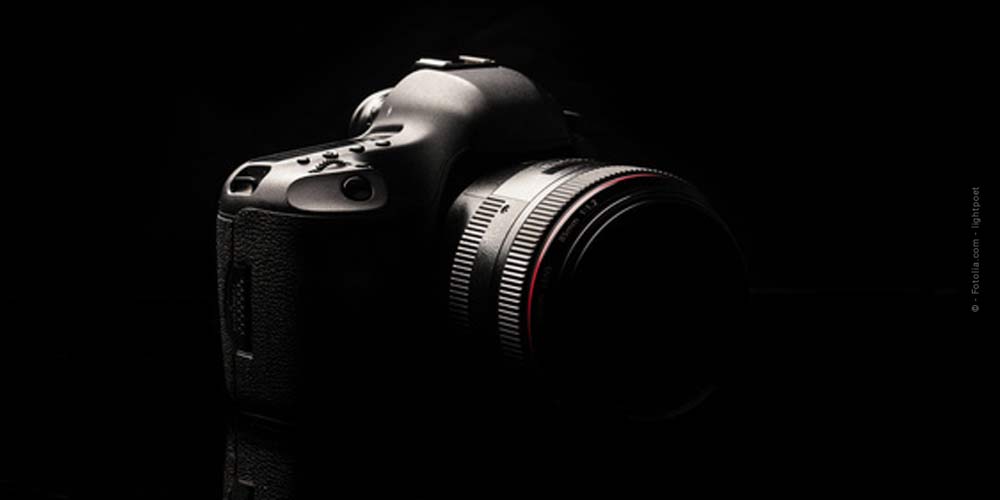Memory cards: CF or SD? Storage of continuous shooting and RAW images
Together with the sensor, the memory card represents what the film was like in an analog camera. And back then you didn’t choose the camera after the film either. In other words: the question about the memory card type is not necessary when you buy the camera, because it defines the type and should be the last criterion you choose.
Memory Cards: CF and SD – What’s the difference?
Both cards work according to the flash memory principle; however, the CF cards are much faster than the SD cards. Since the speed at which the memory card works is a crucial factor in the workflow when shooting, it is recommended that the memory card be as fast as possible. Imagine, you want to take a series of 10 pictures and the process is aborted after 6 pictures, because the card does not follow with the writing. Annoying. Regardless of whether your camera works with SD or CF cards, you should buy a quick one. This is also an advantage when transferring the recordings to the computer.
Take storage volume into account
Furthermore you should think about the memory size. If you want to save your photos in RAW format, you can quickly add more than 20 MB per photo. There are two possibilities in this context. Either you buy a card with a large storage volume or several with a small one. With the first version you have to change the card less often (or not at all), but if the card breaks several hundred pictures are lost. In the other case, you will have to change the card more often, which can seriously disturb the workflow (especially in animal photography). Ultimately, of course, you can orientate yourself on the price. The larger the storage volume, the higher the price.
Conclusion: Speed and storage volume are main criteria
The question of the memory card type is usually not asked at all, because it is predetermined by the camera. CF cards are usually significantly faster than SD cards. Fast cards are to be preferred, so that in extreme cases (for example series recording) also really all data are written. The larger the storage volume, the greater the risk of losing many images at once if the card breaks down. On the other hand, smaller storage volumes have to be changed more frequently.











